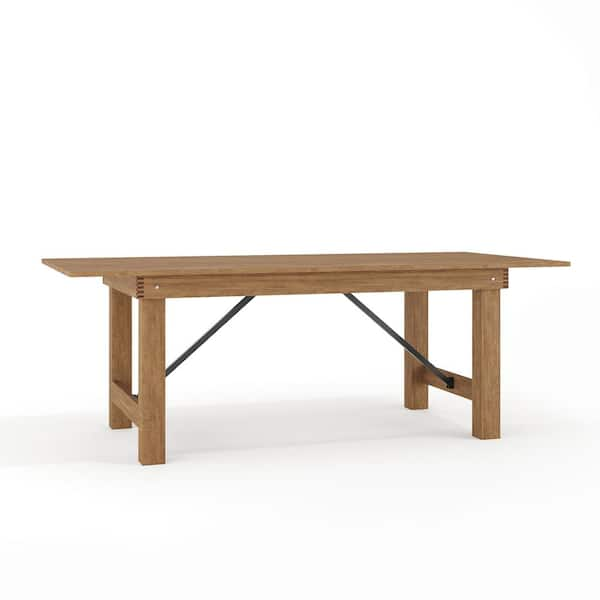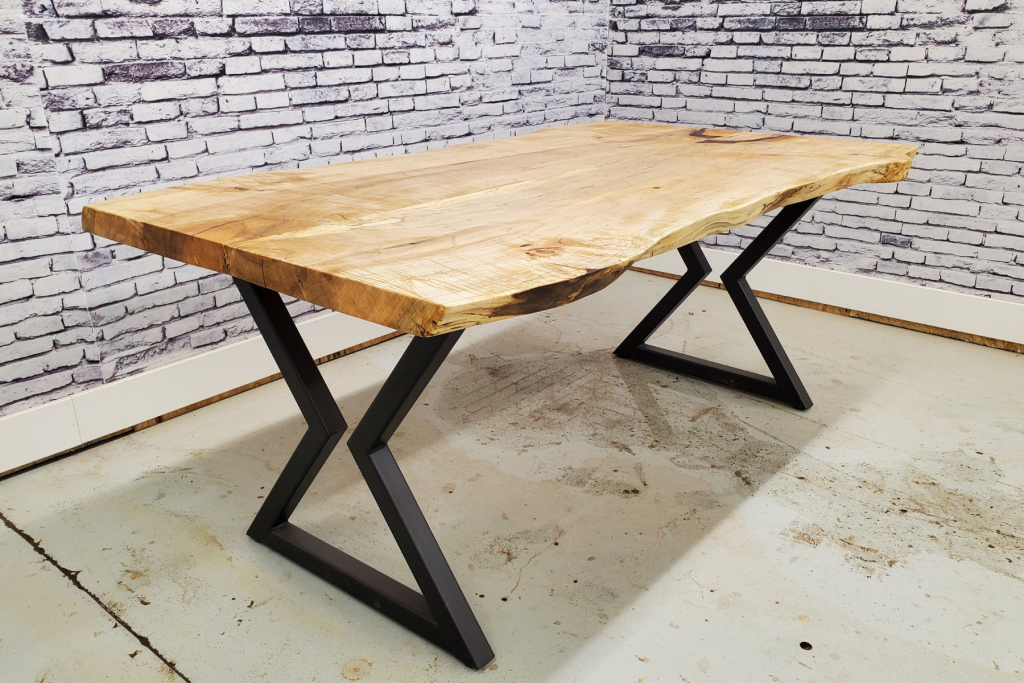Achieve Modern Style Utilizing Sleek Dining Table Legs Wood Styles
Achieve Modern Style Utilizing Sleek Dining Table Legs Wood Styles
Blog Article
Checking Out the Different Sorts Of Dining Table Legs Timber for Your Dining Space
The option of eating table legs wood can greatly influence both the functional and visual top qualities of your eating space. Solid wood choices, such as oak and walnut, offer a timeless look with unparalleled toughness, while engineered wood alternatives supply cutting-edge layouts that mimic the richness of all-natural grains. Furthermore, the growing trend of redeemed timber introduces a sustainable aspect that attract environmentally aware customers. As we explore these various alternatives, it comes to be vital to think about not only the aesthetic allure however likewise the sensible implications of each product option. What factors should guide your choice?
Strong Wood Options

In addition, strong timber is renowned for its strength and durability. Unlike engineered products, strong wood is much less vulnerable to warping and damage over time when effectively kept. This makes it an ideal option for families or those who often organize events. Each piece of strong timber is special, showcasing specific features that contribute to the appeal and personality of the dining table.
Furthermore, solid wood can be ended up in various methods, ranging from all-natural oils to tarnished finishes, enabling property owners to personalize their furnishings to match their design. In recap, choosing solid timber for eating table legs not only makes certain structural stability but additionally boosts the aesthetic allure of the eating area, making it a beneficial financial investment for any kind of home.
Engineered Timber Alternatives

Plywood, created from multiple layers of timber veneer, is especially solid and secure, making it an outstanding choice for dining table legs. Its split composition permits it to hold up against modifications in humidity and temperature level much better than typical solid wood. MDF, on the other hand, offers a smooth surface area for paint or veneering, enabling developers to attain a polished appearance while preserving architectural integrity.
When choosing engineered wood choices, it is crucial to consider the desired usage and preferred visual. These materials not just enhance the functionality of eating spaces however also enable for better style flexibility, ensuring that modern and typical styles can exist together sympathetically.
Reclaimed Wood Features
Redeemed timber supplies a special mix of sustainability and personality, making it a significantly prominent choice for eating table legs. Sourced from old barns, factories, and various other frameworks, reclaimed wood personifies a history that new products simply can not replicate. Each piece carries its very own story, marked by unique flaws, knots, and differing grain patterns, which add to a table's unique aesthetic allure.
In enhancement to its aesthetic charm, reclaimed wood is an eco-friendly choice. By repurposing formerly made use of products, it lowers the need for new lumber, hence assisting to preserve woodlands and decrease waste. This straightens with a growing consumer choice for lasting techniques in home visit here furnishings.
In addition, recovered wood is commonly extra resilient than freshly harvested timber due to its age. The all-natural drying procedure that redeemed timber goes through outcomes in a denser and stronger product, making it much less susceptible to bending and splitting. This enhances the durability of dining tables, enabling them to endure the roughness of day-to-day use.
Softwood vs. Wood
When choosing dining table legs, comprehending the distinctions between softwood and hardwood is important for achieving both aesthetic and useful goals. They normally exhibit an even more rustic look, making them ideal for informal or country-style eating areas.
On the various other hand, hardwoods, sourced from deciduous trees like maple, cherry, and oak, are renowned for their thickness, strength, and resilience. The complex grain patterns and rich shades of hardwoods give a sophisticated and timeless charm, making them ideal for official dining setups. While hardwoods tend to be much more expensive and heavier, their resilience versus wear and tear often validates the investment.
Ultimately, the choice between softwood and hardwood for dining table legs should straighten with your layout vision, usage needs, and budget plan, guaranteeing that your dining space mirrors your individual design while continuing to be functional with time.

Surfaces and Treatments
The aesthetic appeal and longevity of table legs can be dramatically boosted via various finishes and treatments. These procedures not only secure the wood from damage yet additionally boost its appearance, allowing it to match varied indoor designs.
One typical treatment is staining, which passes through the wood and improves its natural grain while adding shade. Stains provide a rich, classy look, allowing property owners to match their furnishings with existing design. Alternatively, clear coatings such as polyurethane or varnish create a protective layer without altering the timber's original hue, guaranteeing resilience against damage.
In addition, natural oils, helpful resources like tung or linseed oil, nurture the timber and provide a refined luster, all while being eco-friendly. These oils enable the surface to take a breath, stopping visit their website wetness accumulation and potential bending.
For those looking for a rustic beauty, weathered or distressed finishes can be put on create an aged appearance, including personality to the piece. Eventually, the choice of treatments and coatings depends on individual choice, desired aesthetic appeals, and the specific wood type, making it vital to think about these elements when selecting table legs for your area.
Conclusion
Finally, the selection of eating table leg materials considerably affects both the useful and visual aspects of an eating room. Strong timbers, engineered choices, and reclaimed choices each offer distinctive advantages, accommodating different preferences and demands. Understanding the differences between hardwoods and softwoods, in addition to appropriate finishes and treatments, enables informed decision-making. Ultimately, the choice of timber type ought to line up with wanted design, sturdiness, and ecological factors to consider, improving the overall dining experience.
The option of dining table legs timber can greatly influence both the useful and aesthetic top qualities of your dining area - Dining Table Legs Wood. Strong timber alternatives, such as oak and walnut, offer a timeless look with unparalleled resilience, while crafted timber alternatives offer ingenious styles that simulate the richness of all-natural grains. Strong wood supplies an ageless top quality that can elevate the general layout of an eating area. Each piece of strong timber is distinct, showcasing specific features that add to the beauty and character of the eating table
In addition, recovered timber is typically much more long lasting than recently harvested wood due to its age.
Report this page